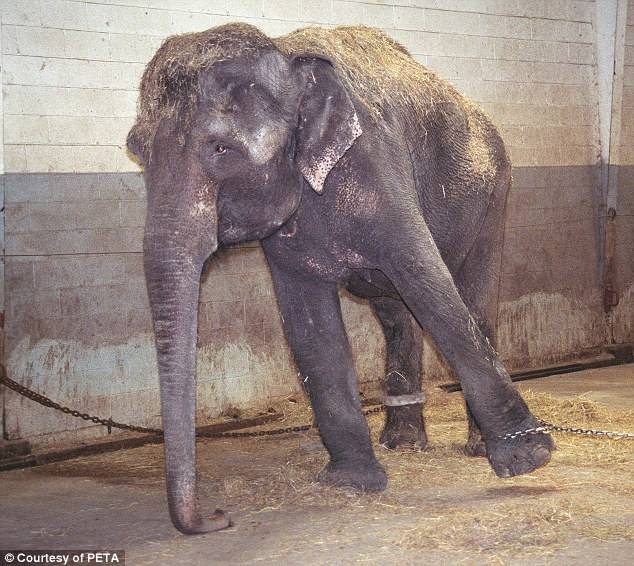ChrisL
Diamond Member
I love elephants. One of my favorite animals and SO intelligent. As you can see, not only can these elephants bust a move on the dance floor but also with a paint brush.  That's right, these elephants can paint! Fucking amazing, amirite?
That's right, these elephants can paint! Fucking amazing, amirite?




